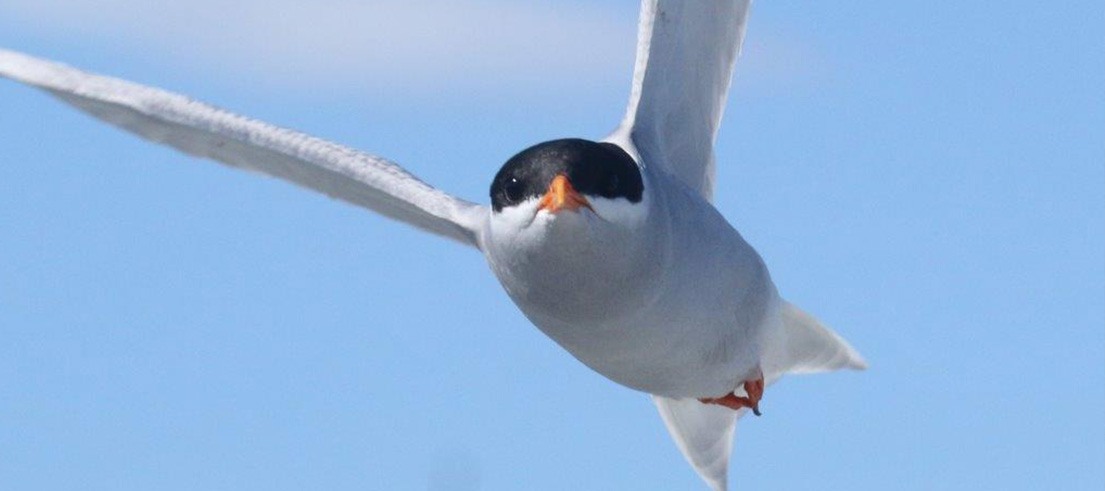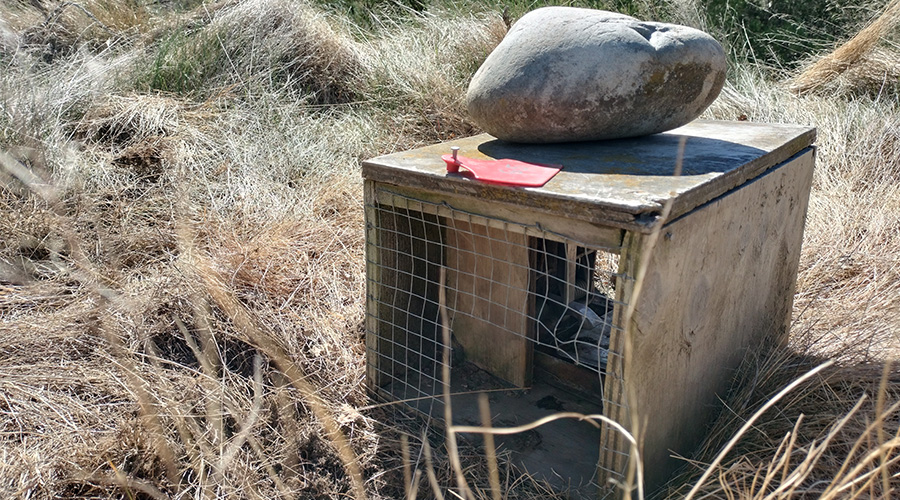
Volunteers sought for trapping project
A community trapping project will help protect Ashburton’s precious riverbirds from predators.
The programme is being run by us and the Department of Conservation as part of a wider riverbird protection plan.
The aim is to recruit up to a dozen local volunteers who will service traps at specific locations along the Ashburton River/Hakatere, in the Lake Hood and northern River Road areas. This will involve emptying and resetting the traps once every few weeks.
Senior land management and biodiversity advisor, Donna Field, said it’s a broad way of protecting biodiversity.
"If we can help support these birds, there’ll be flow-on effects for other important species."
Protecting braided river birds
Birds that make their home along Canterbury’s braided rivers include dotterels (banded and black-fronted), tōrea/South Island pied oystercatchers, poaka/pied stilts, terns (black-fronted and white-fronted) and tarāpuka/black-billed gulls. Many are endangered or under serious threat.
The trapping programme will target mammalian animals such as rats, mustelids (ferrets, weasels, and stoats), hedgehogs, and possums.
Traps will be provided and installed by us alongside free training for volunteers.
Trapping workshop in Ashburton
A workshop offering more information for those interested will be held on Thursday 16 November, 5.30pm, at the Mania-O-Roto Scout den in Ashburton.
Donna says it’s a great way for locals to give back to nature.
"It’s an opportunity for people to learn more about the biodiversity in their area and pick up life-long trapping skills."
The trapping lines will run for about two to four kilometres along both sides of the Ashburton River/Hakatere, from the top of Lake Hood, downstream towards Wakanui School Road.
It’s hoped the programme will get underway in November.
Volunteer or find out more
For more information on the project and volunteering, or to register for the workshop email ecinfo@ecan.govt.nz

